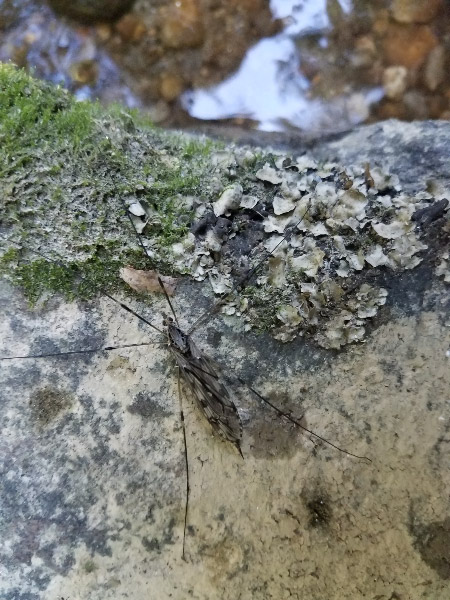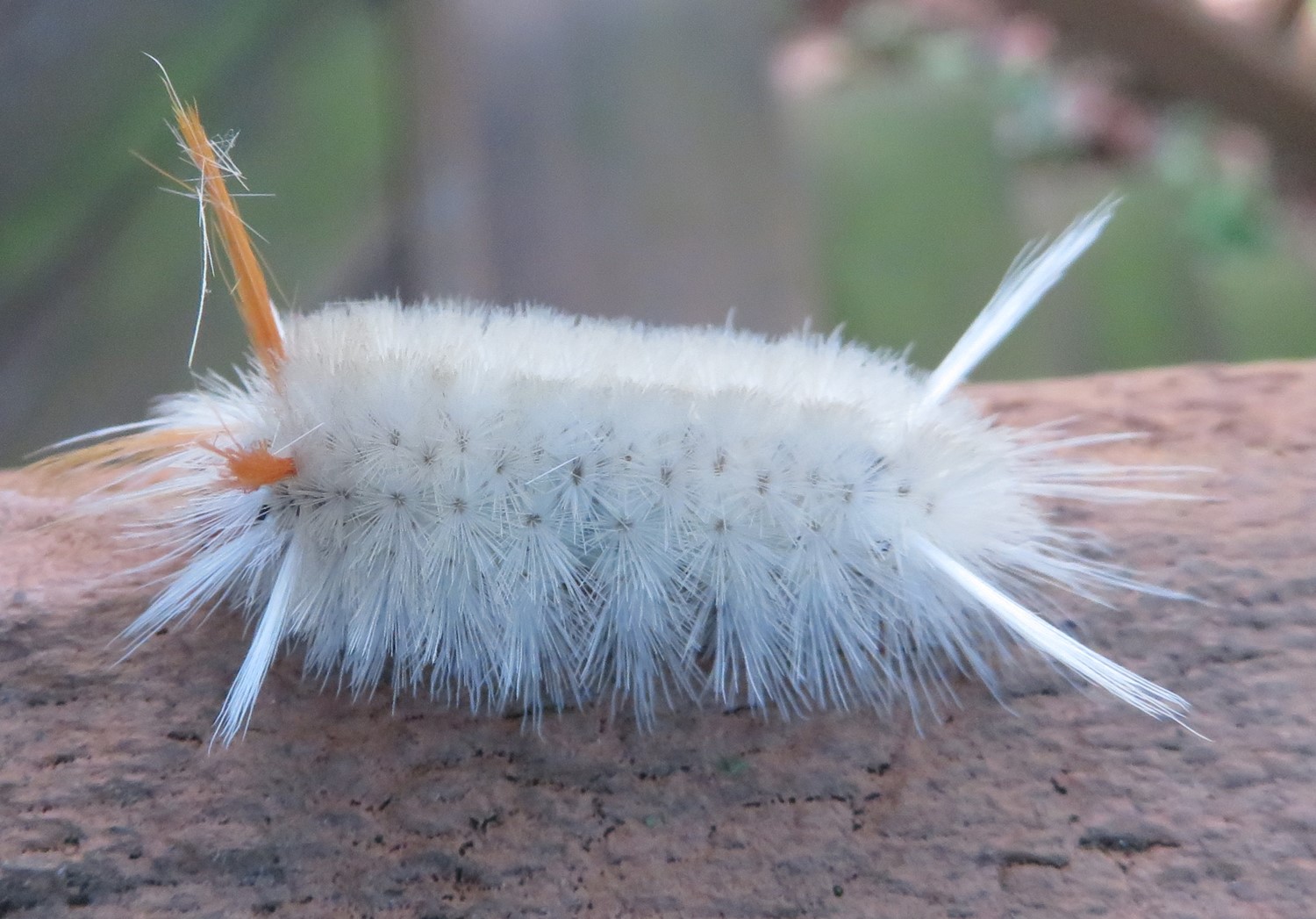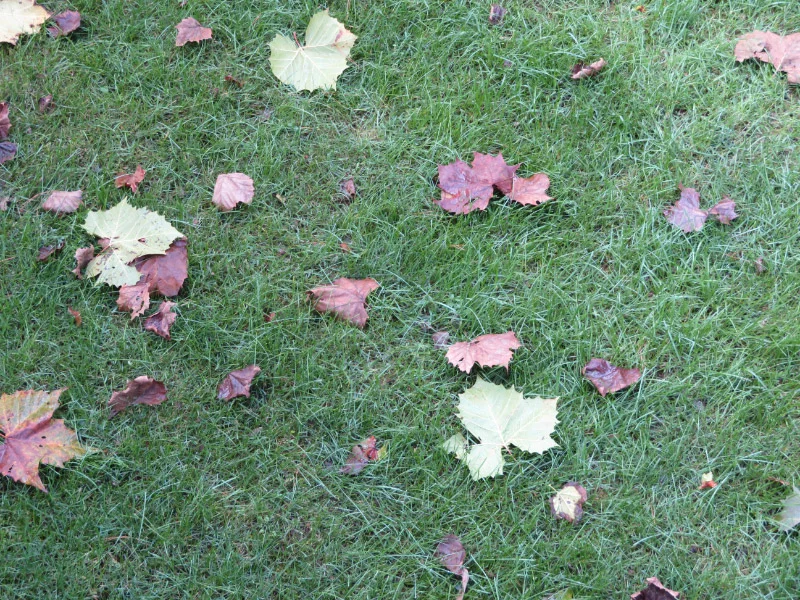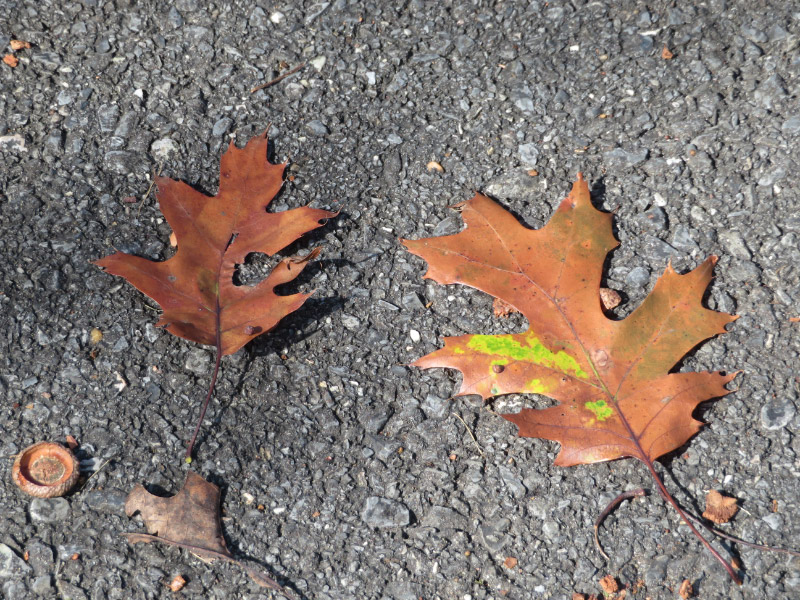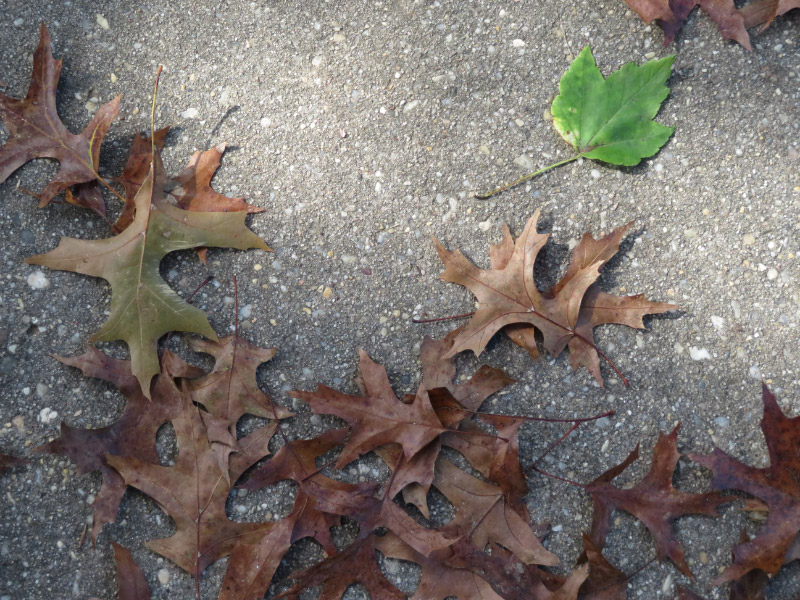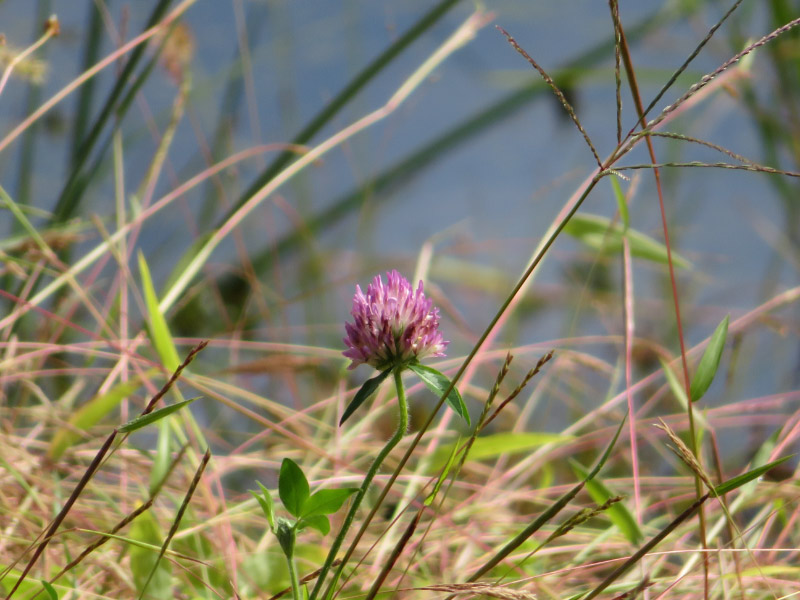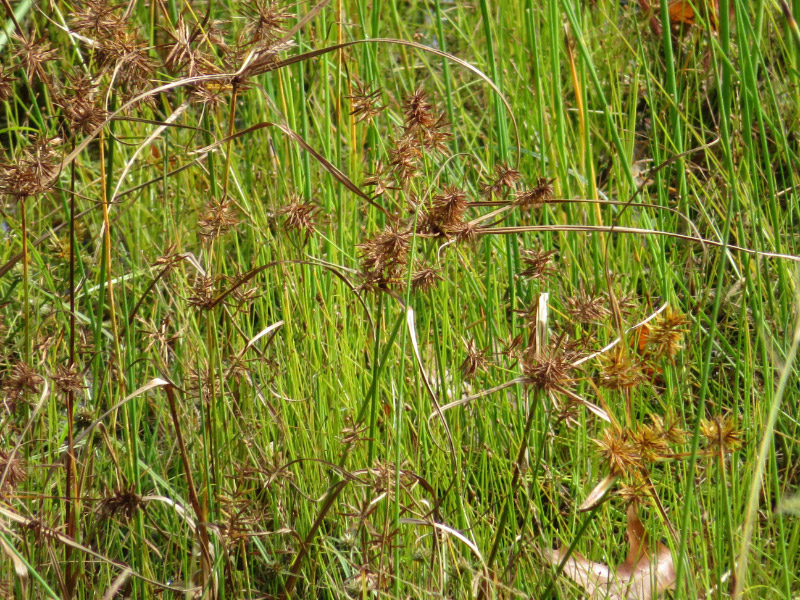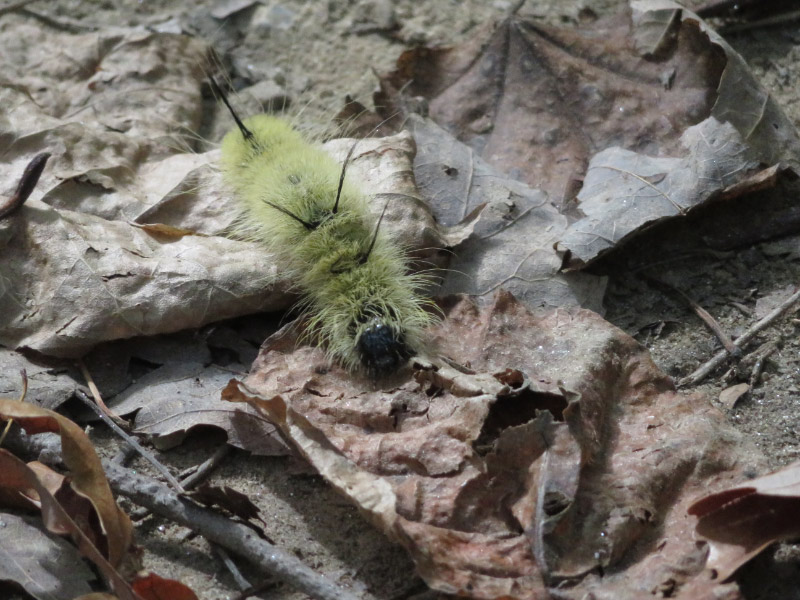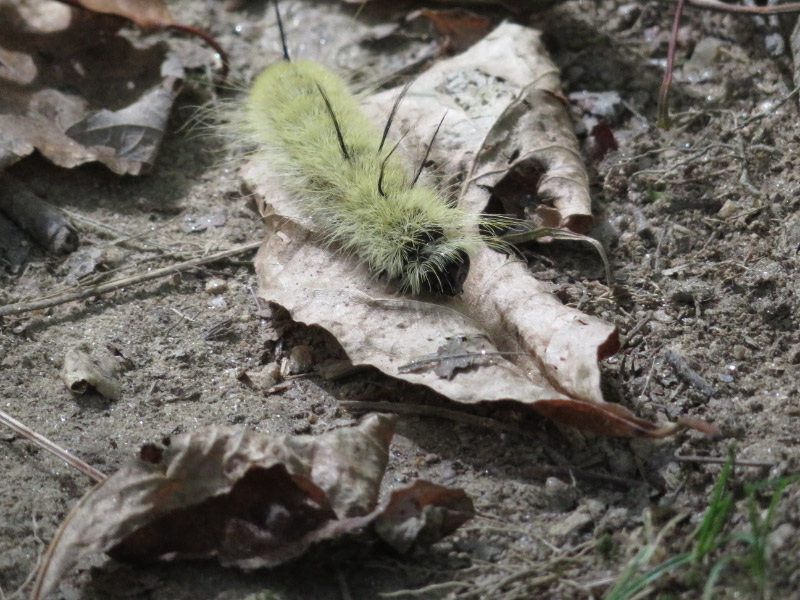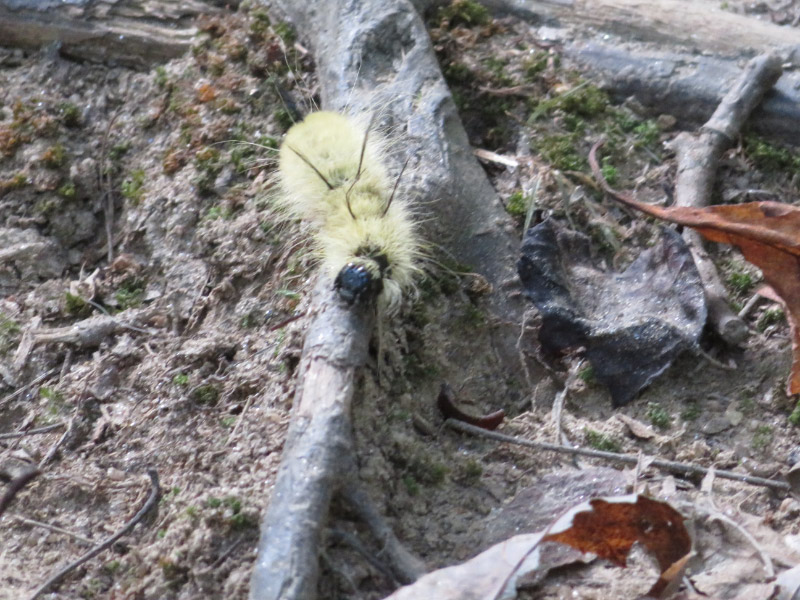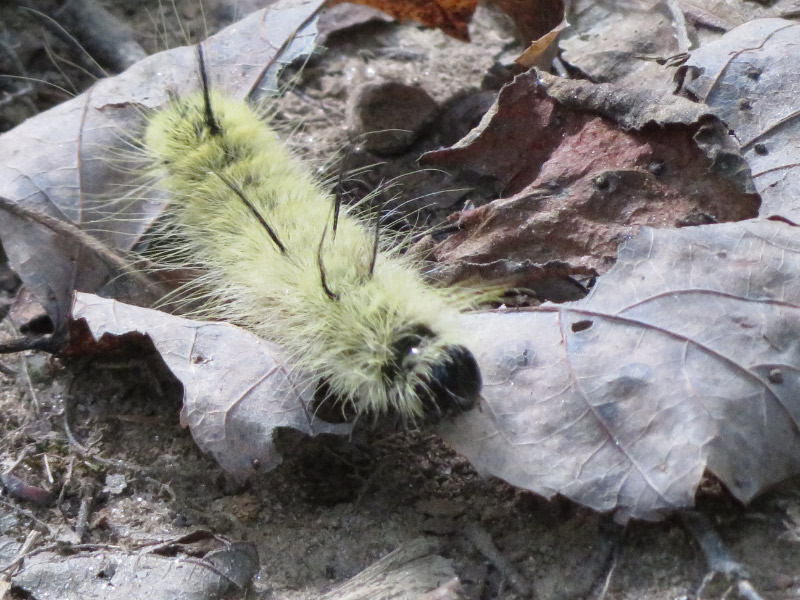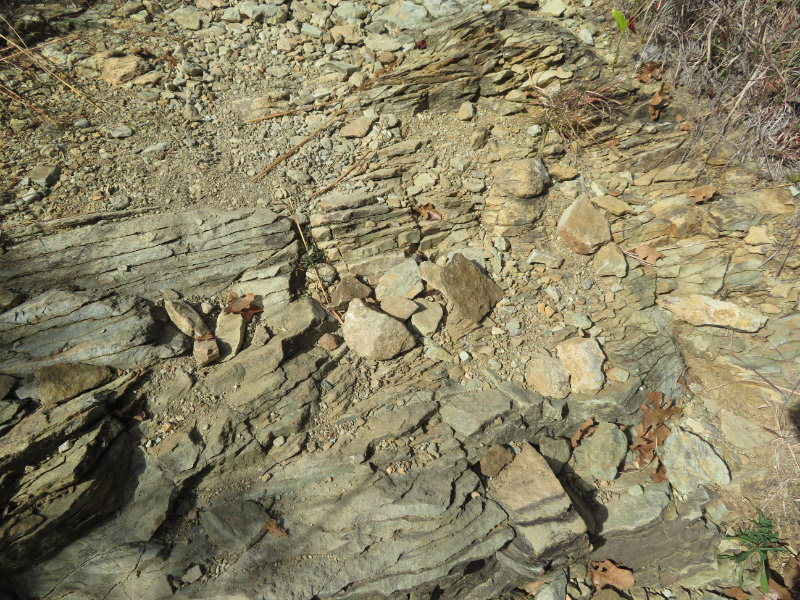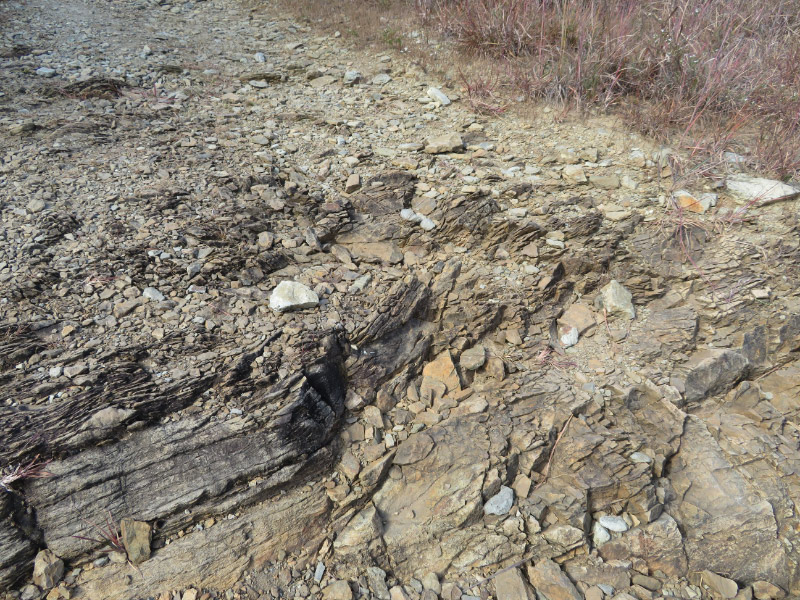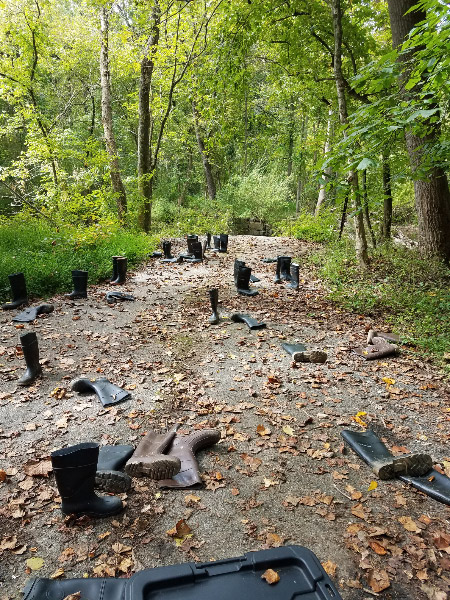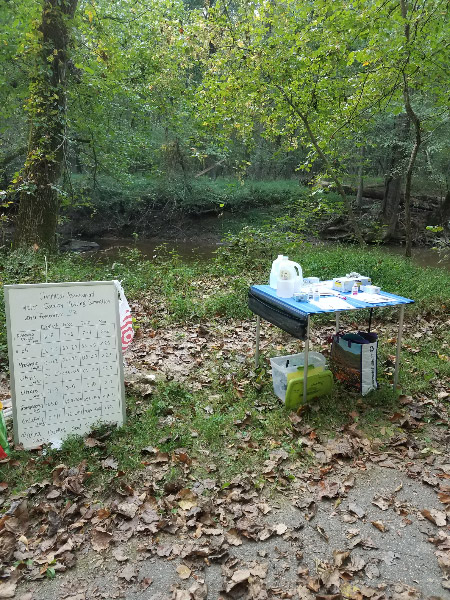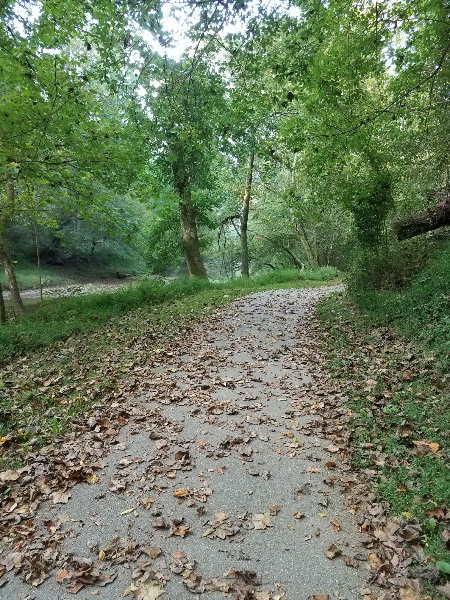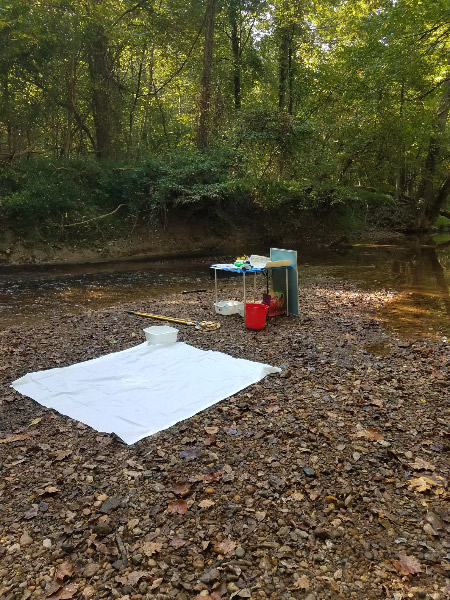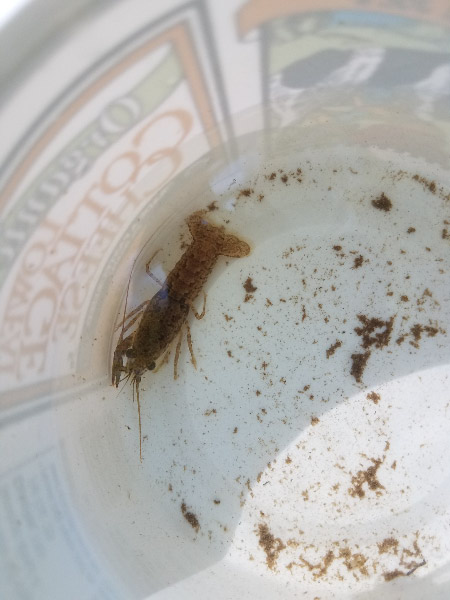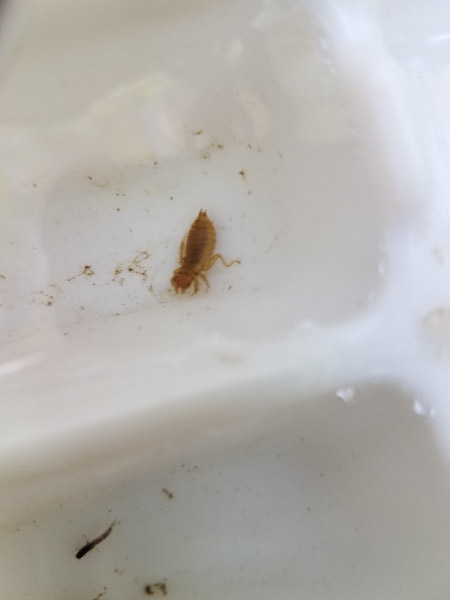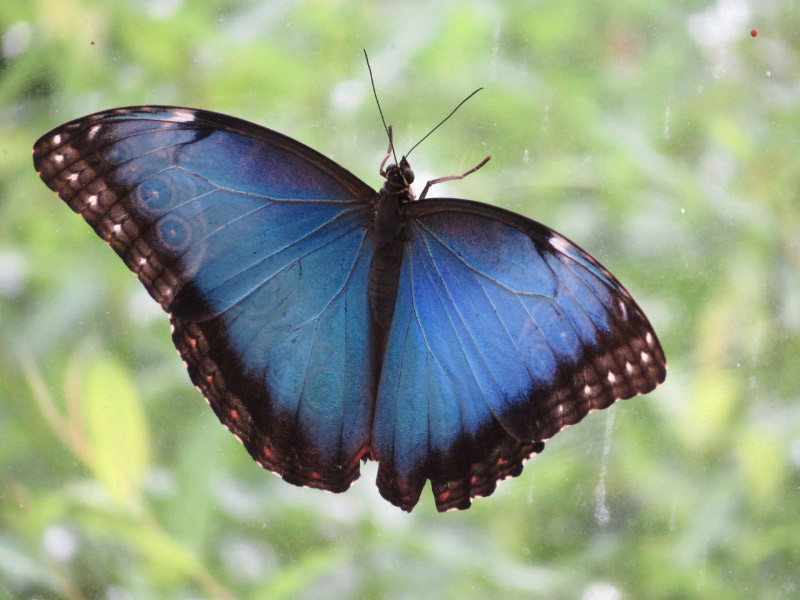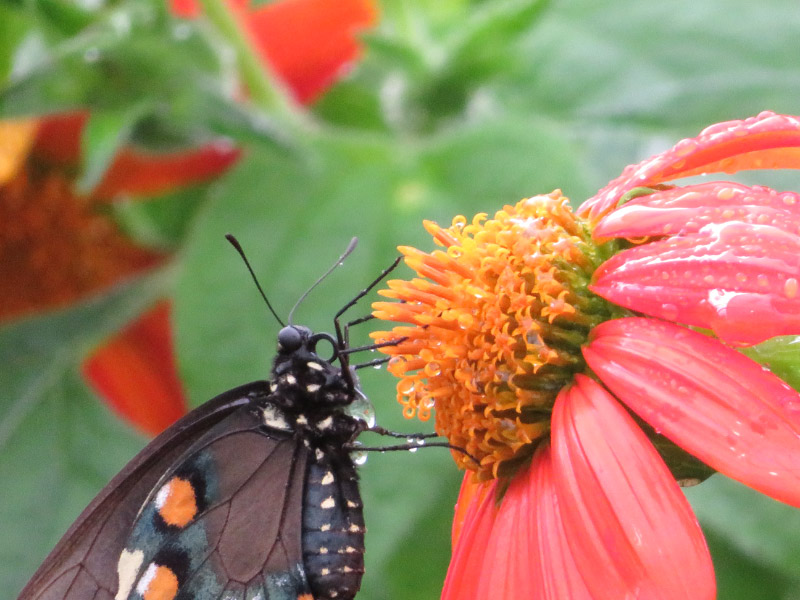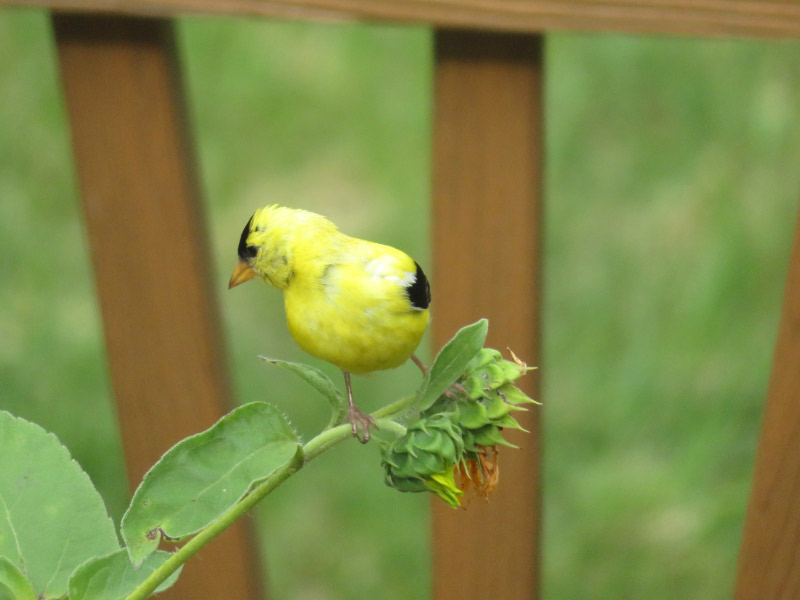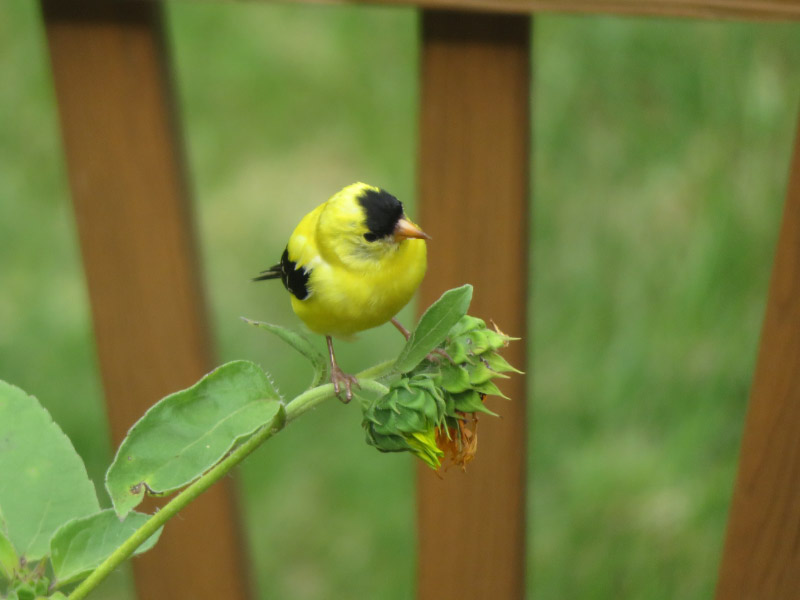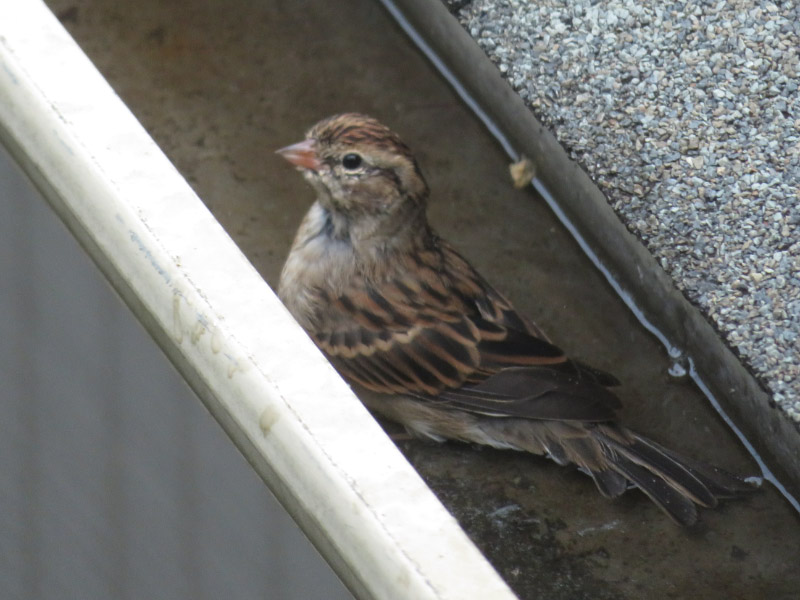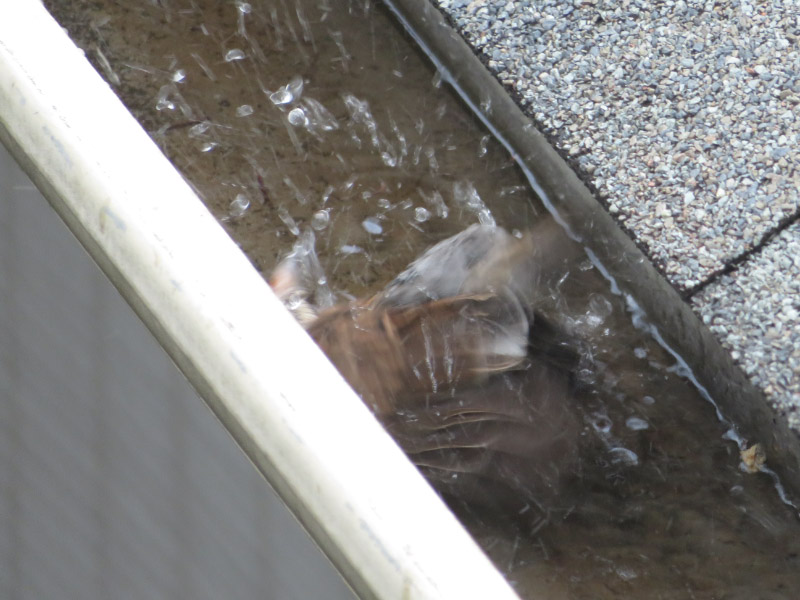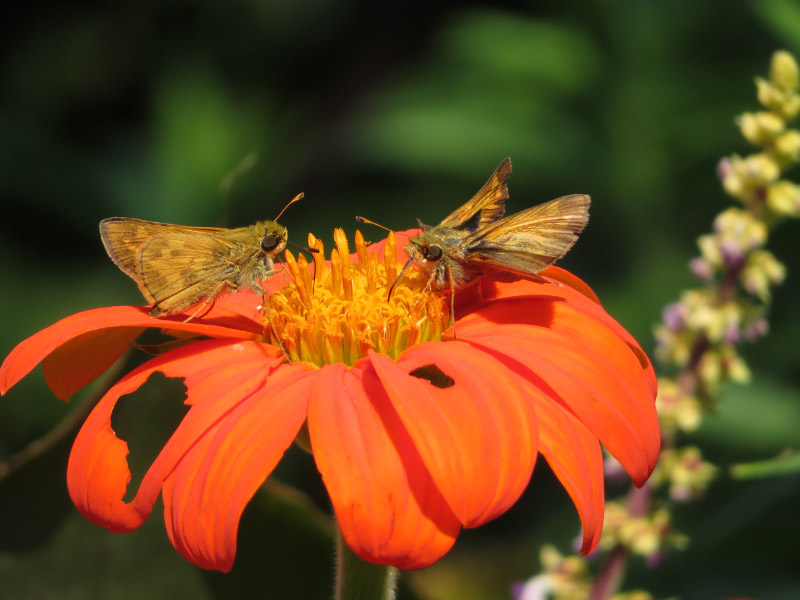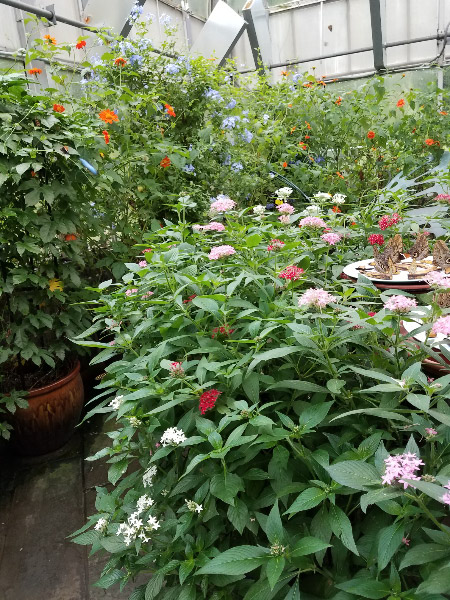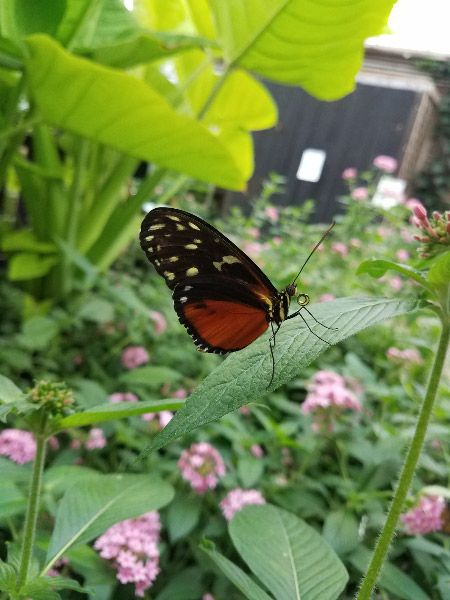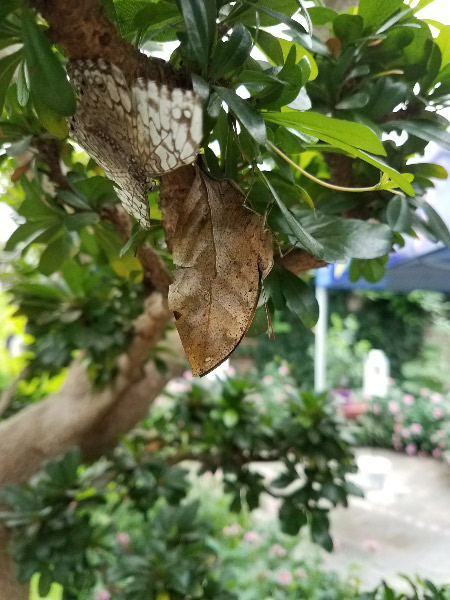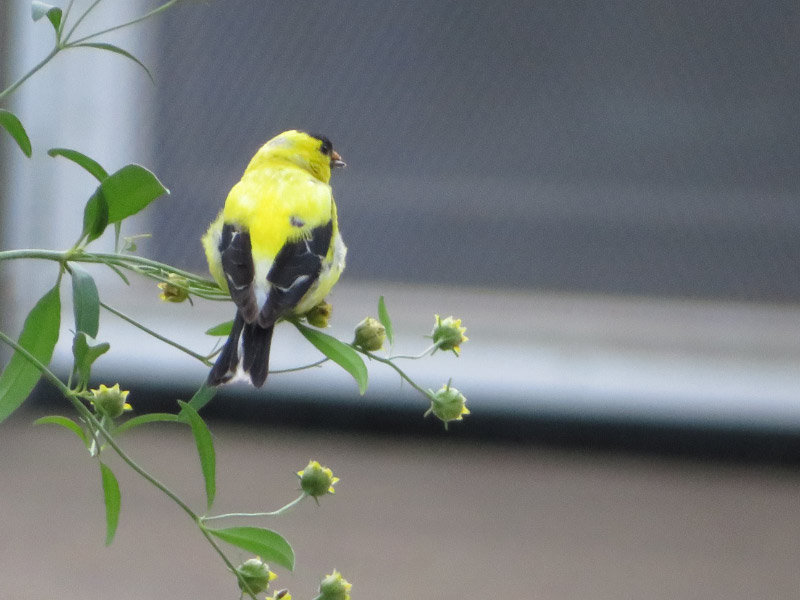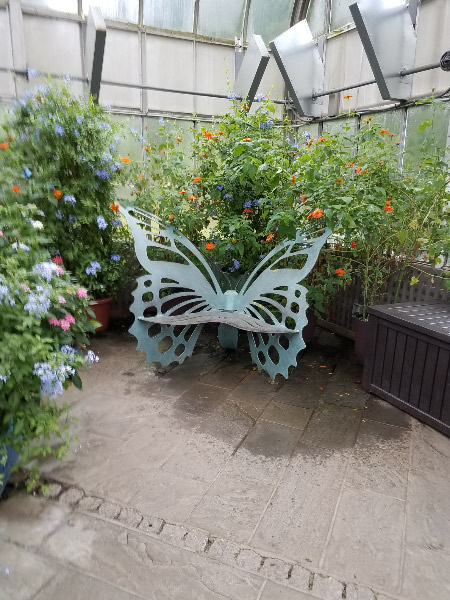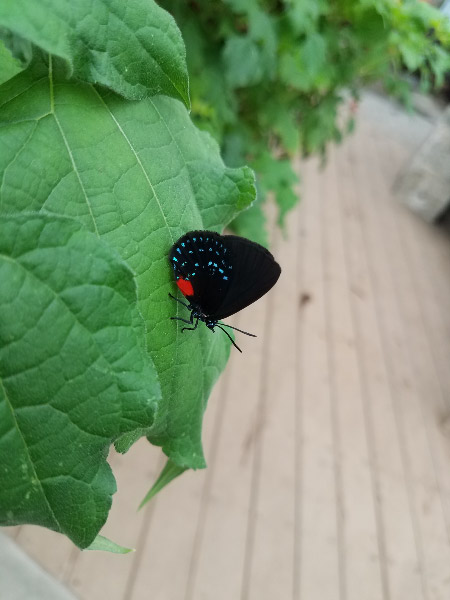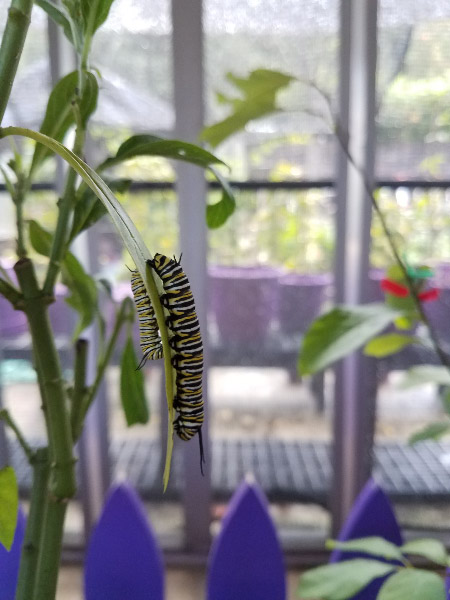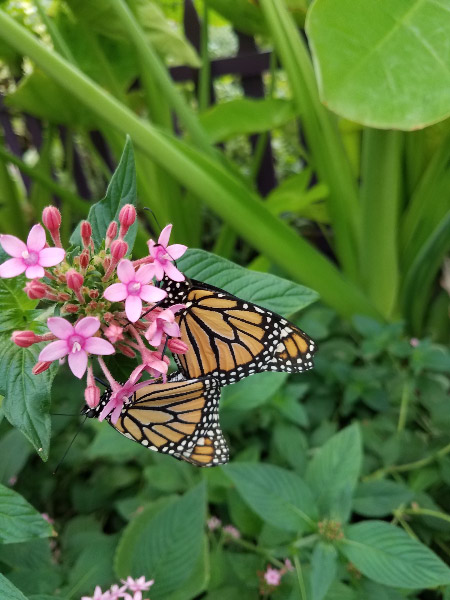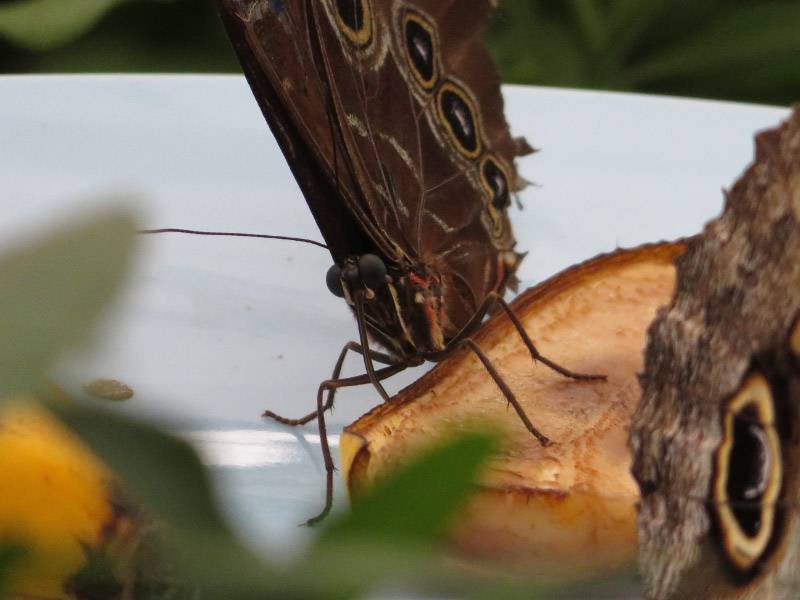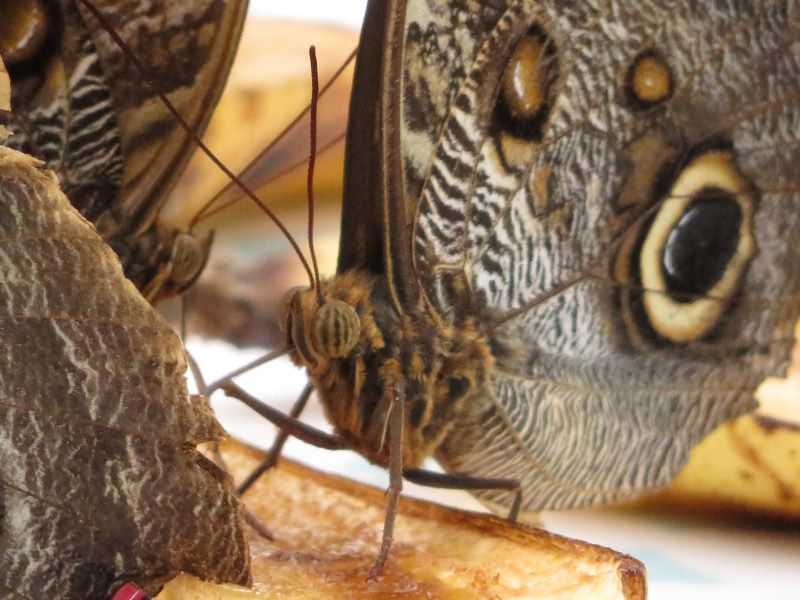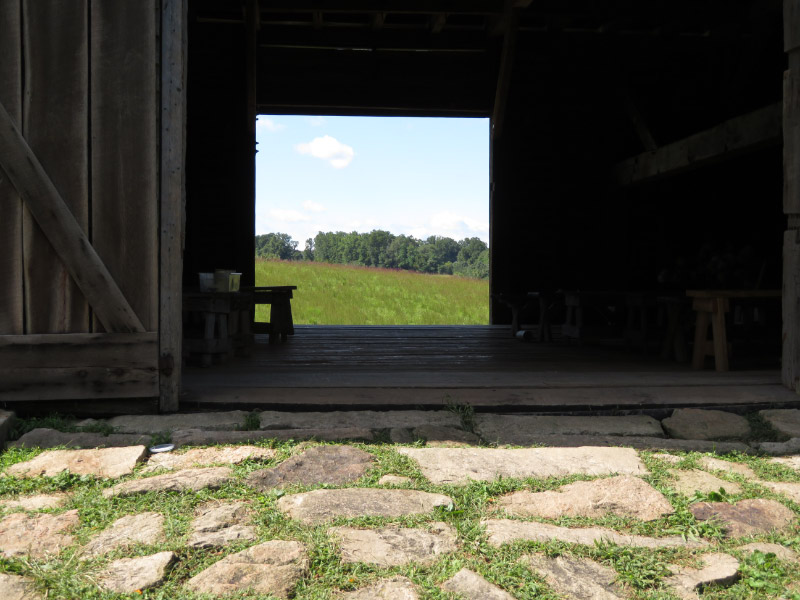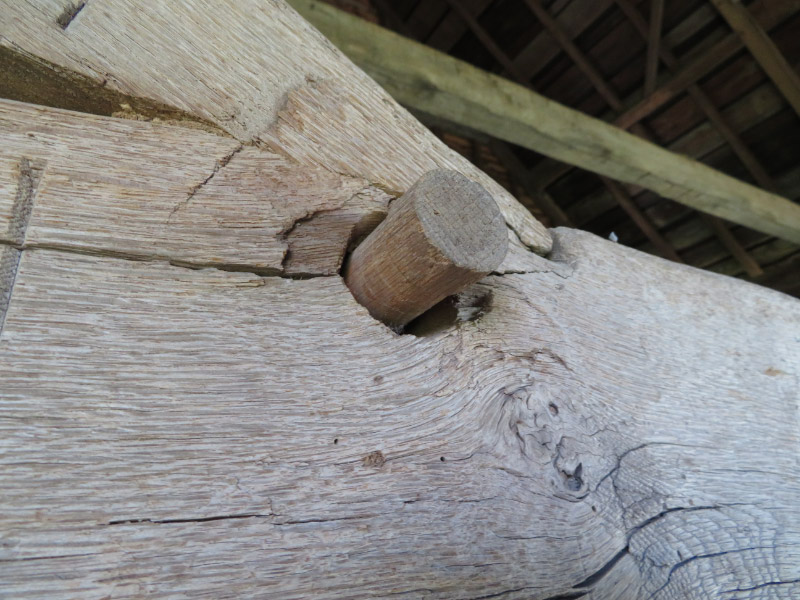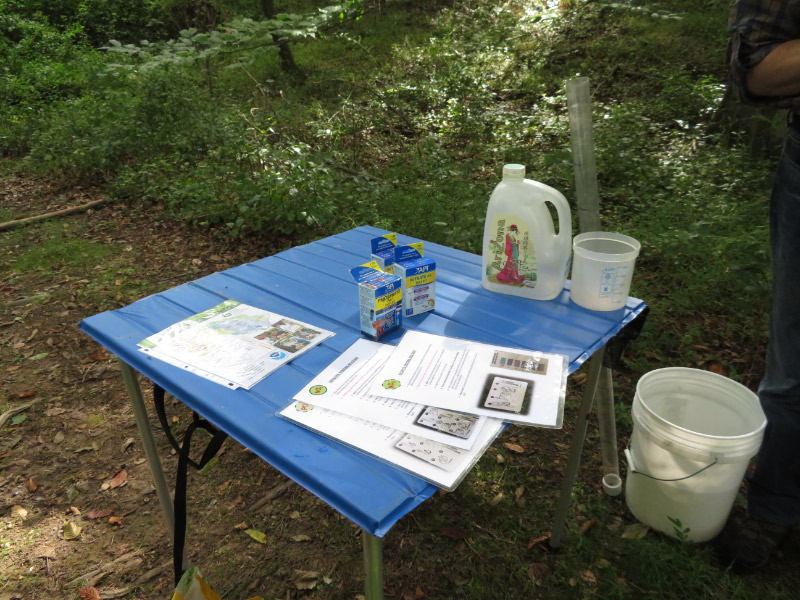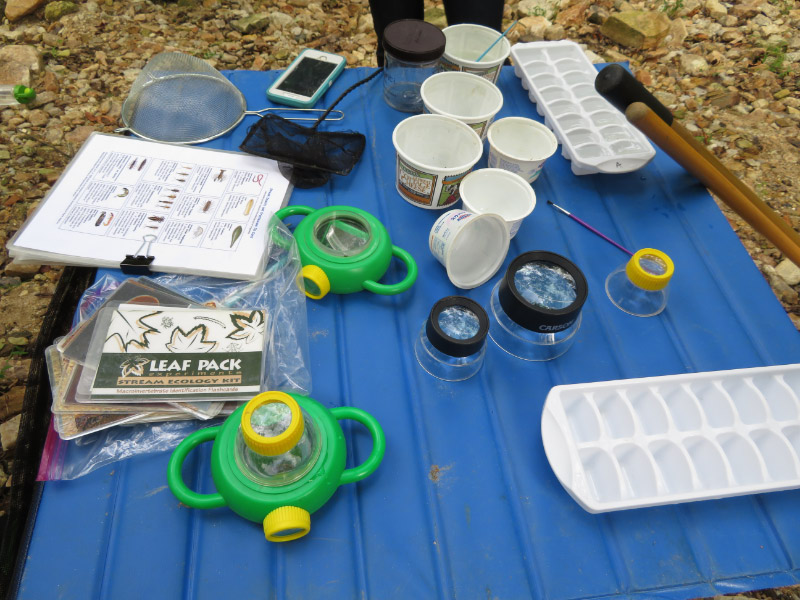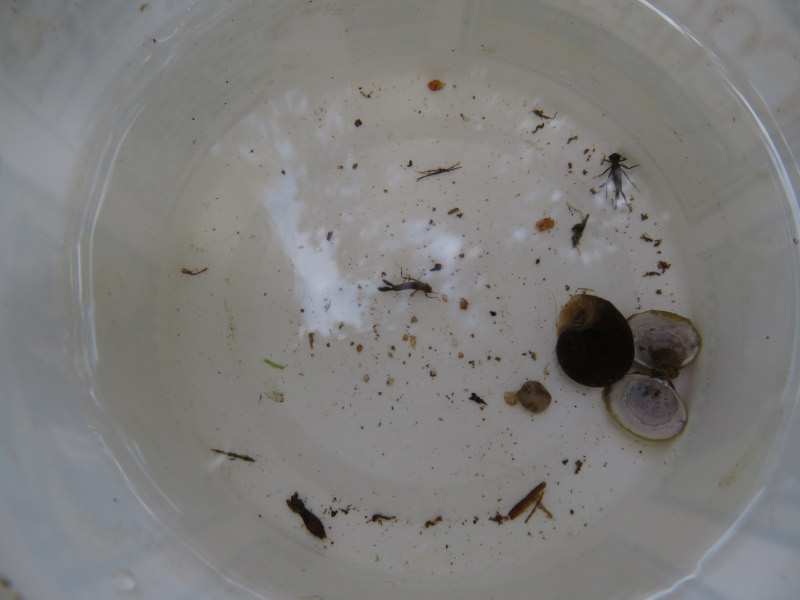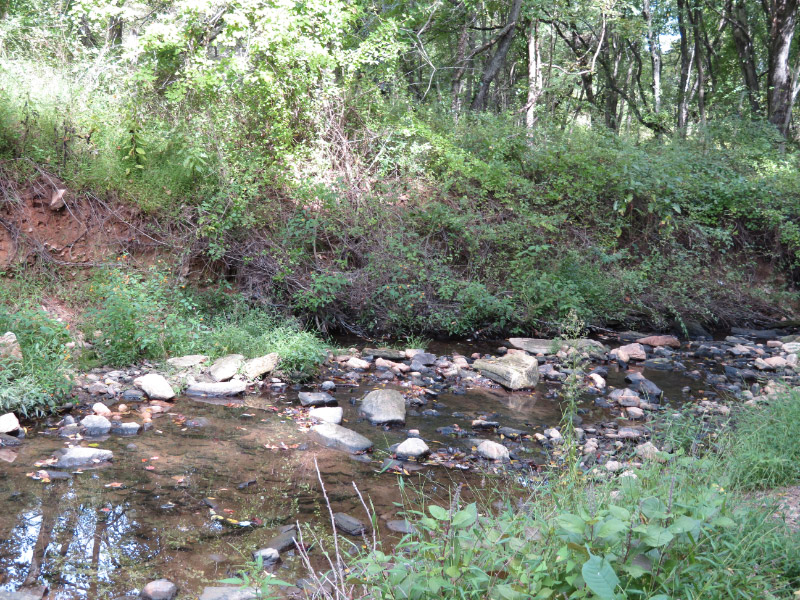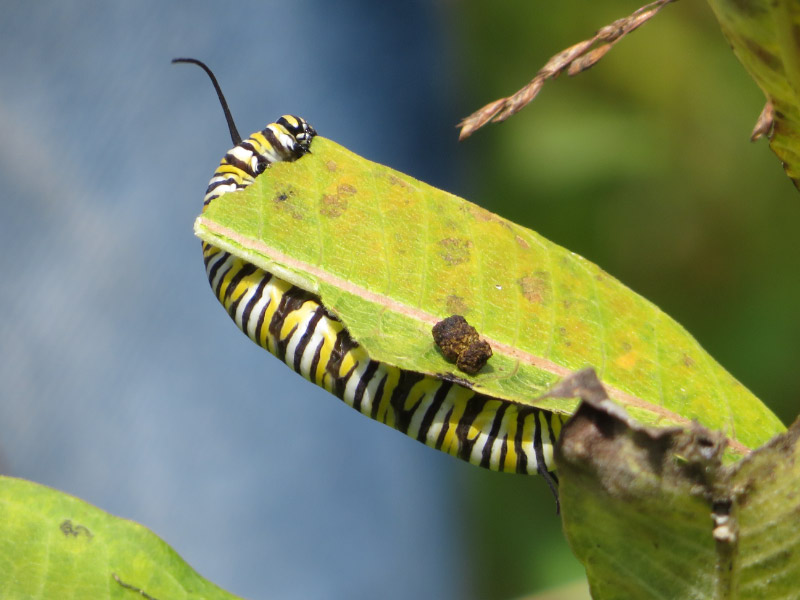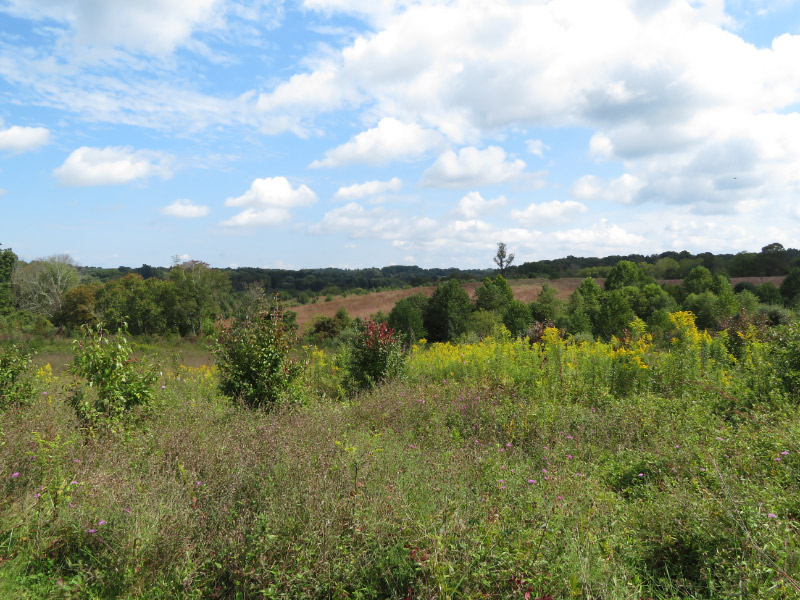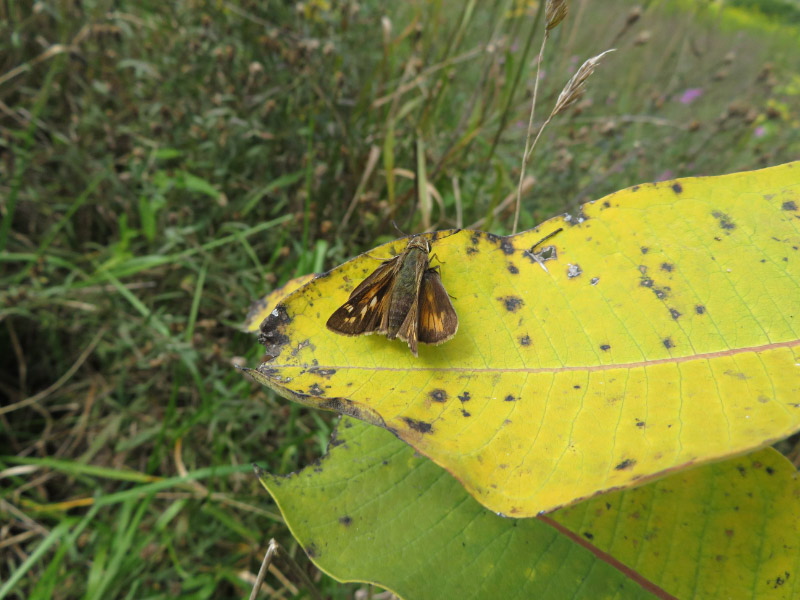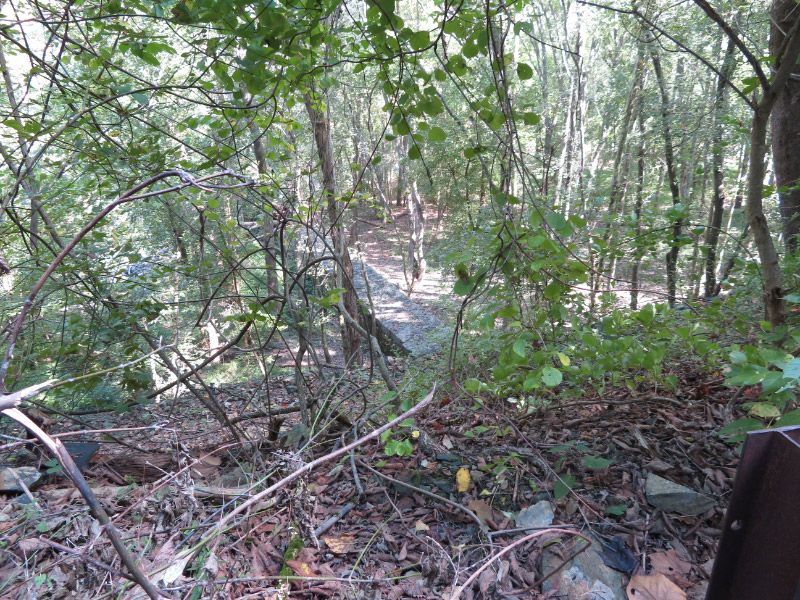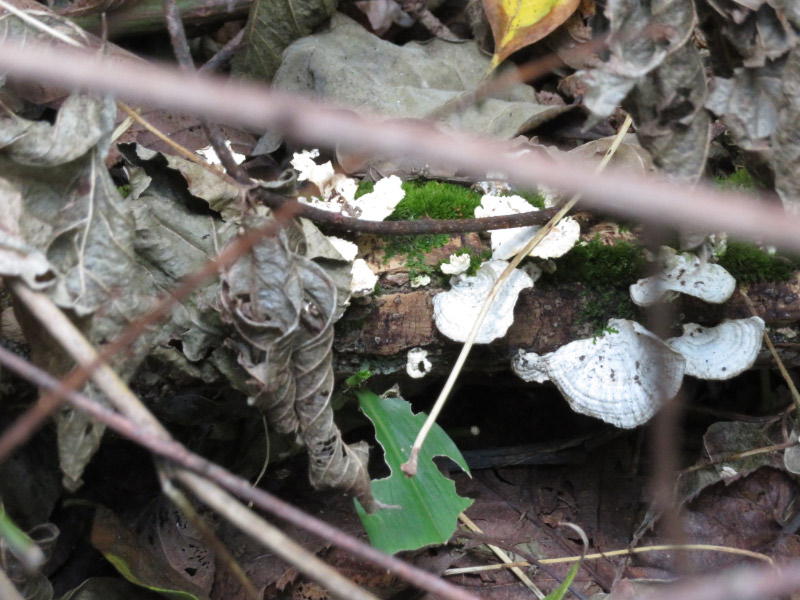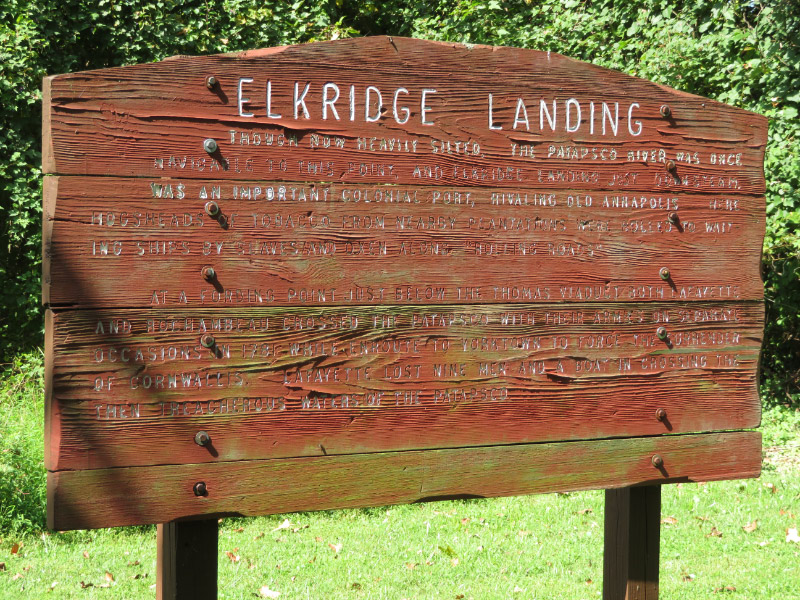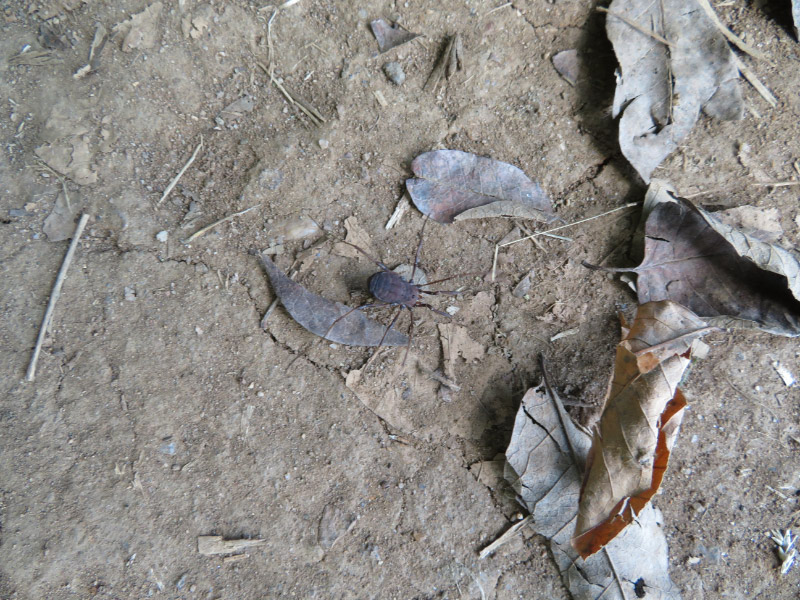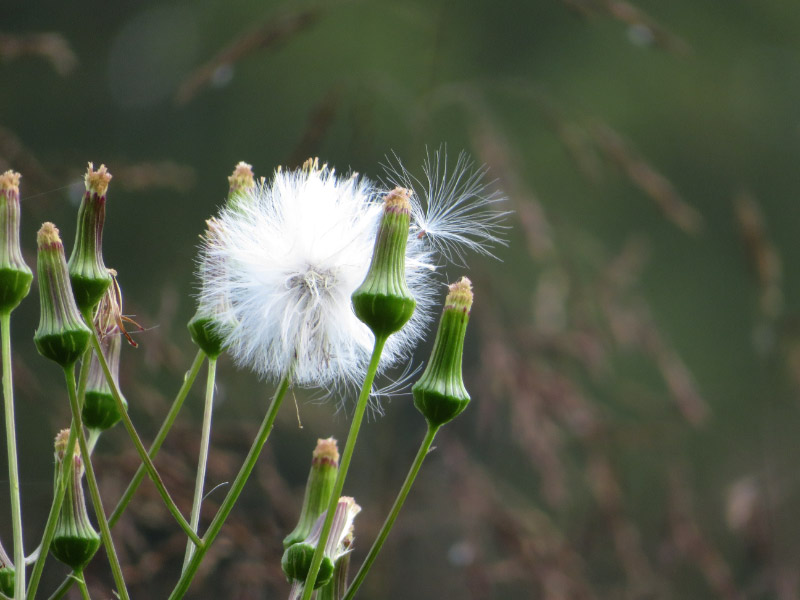Silver Maple Stump
/Last month, two silver maples were cut down near the farmhouse at Howard County Conservancy’s Mt. Pleasant Farm because they were dropping large limbs and endangering nearby structures. One of them is conveniently located between the drive that loops around the farm house and the Honors Garden. When I first looked at it, I was thrilled that the stump could be used to talk about tree rings generally…and the history of Mt. Pleasant specifically. The first challenge was that the saw marks were so deep that it was difficult to see the tree rings.
Fortunately, several volunteers stepped forward to sand the smoothest part of the stump so that the rings would be easier to see. It was still a little challenging. The stump includes rotting areas and splits near the center. The stump is still very much alive as well – with sap coming to the surface as the roots continue to collect water and nutrients from the soil. The first time I attempted to count the rings it was a cloudy day and the size of the stump was a bit daunting. I realized I needed a step stool to see the rings toward the center. I came back on a sunny day and climbed up to sit on the stump when I realized that the slope was not going to work with my step stool. I managed to count 124 rings!
I made a strip of lightweight cardboard with years on it (counting from the outermost ring) and a page that talked about tree cookie parts. For kindergarten and 1st grade students that hike by the stump – we’ll talk about counting rings and then either count 5-6 rings from the outer edge (how much did the tree grow since you were born) or from the center (how big was the tree when it was as old as you). For adults, I have a time line for what was happening at the farmhouse and Mt. Pleasant over the past 124 years and plan to develop some discussion about the weather over the life of the tree. The 1940s and 1950s were the best years for the silver maple!















